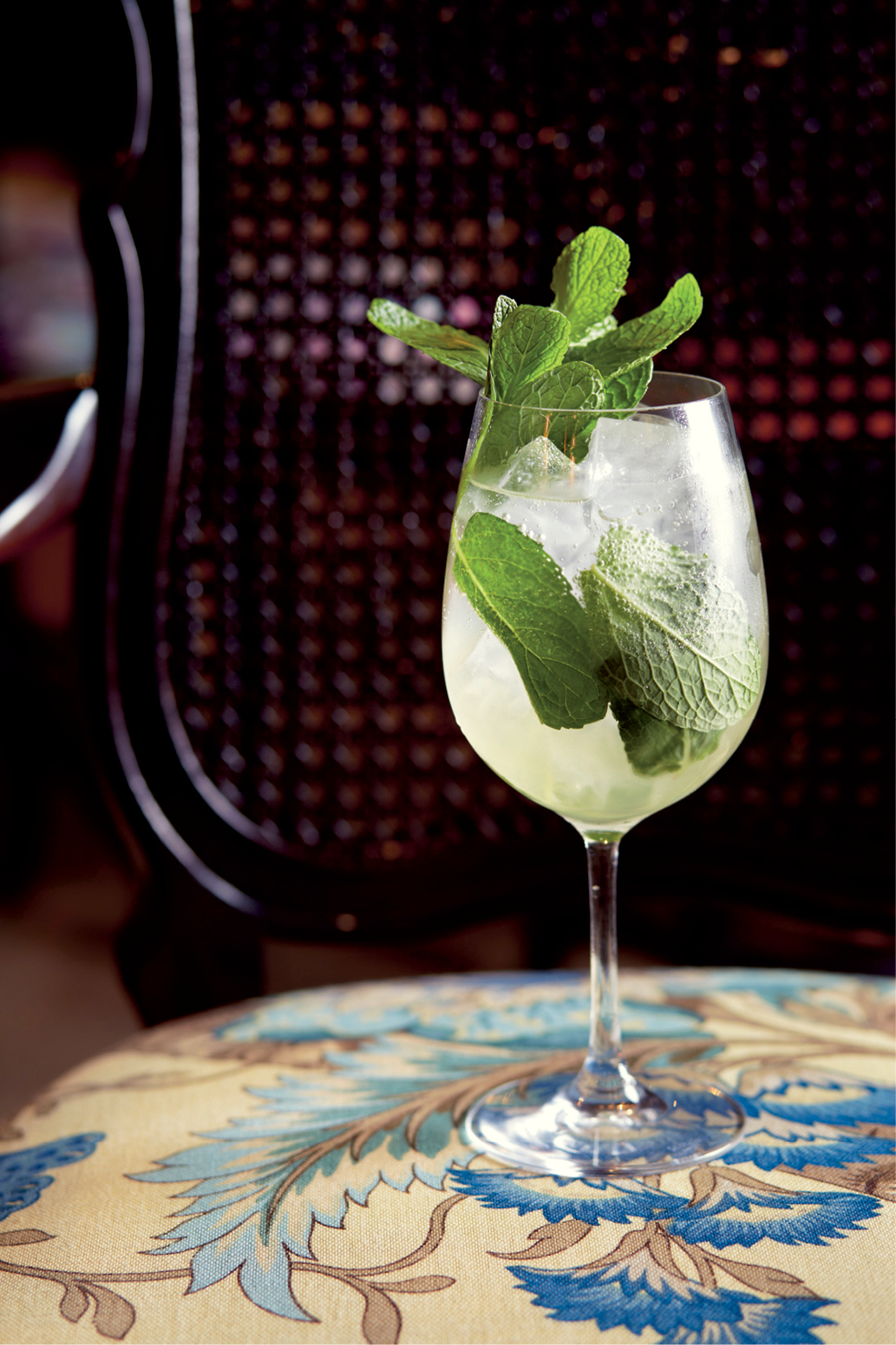Cranswick Cooler
60ml Cranswick botrytis
20ml Aviation gin
15ml lime juice
10ml simple syrup
5 mint leaves
100ml soda water
Build in wine glass
Mint sprig garnish
Recipe by Alex Carter, Bar Lou Lou Sydney
By Tom Hollings
For many modern wine drinkers, sweet wines are little more than an introductory drink to our more popular dry table wines. This is at odds with the quality and variety of sweet wines available though, and some basic knowledge of these different styles (and they are very different) can help you introduce customers to a brilliant array of wines.
What Makes A Wine Sweet
For the majority, sweetness in wines comes from leftover sugar remaining after fermentation is complete. This is known as residual sugar (RS). The exception is artificially adding sugar to a wine, known as chaptalization. This technique is permitted in a few specific regions, but is otherwise frowned upon and rarely used.
The level of sweetness in wines with RS can vary wildly. Here are the most common styles of sweet wine you’re likely to encounter…
In The Winery
The fermentation process of a wine involves the grape’s natural sugars being converted into alcohol. By halting the fermentation process early though, a winemaker can choose to craft a wine with higher RS (and lower alcohol). This technique is used with many wines, most notably off-dry rieslings, and moscato.
Late Picked
One of the most common styles of sweet wine is late picked or late harvest, which simply means delaying the picking of grapes until they are overripe. The higher ratio of sugar to water and acid in these wines results in sweet, syrupy styles.
Ice Wine
Ice wines are incredible wines, only possible in very few (chilly) parts of the world like Germany and Canada. By removing the naturally frozen water in the grapes you’re left with incredibly concentrated sugars. These are difficult wines to produce and have a price tag to match.
Fortified Wines
Ports, sherries, madeiras, muscats, tokays … fortified wines are a complicated world of their own! By adding a spirit (usually brandy) to a base wine, you’re left with very sweet, alcoholic and characterful wines.
Botrytis
Botrytis cinerea or ‘noble rot’ as it’s also known, is arguably the world’s most iconic and spoken about style of sweet dessert wine. Botrytis is actually a fungus that shrivels grapes, resulting in a higher concentration of sugar and flavour. Red grapes generally become unusable with the rot, but certain white varieties with high acidity levels (like semillon, sauvignon blanc, riesling and chenin blanc) can transform into remarkable dessert wines.
This ‘noble rot’ can only occur in certain conditions, with its most iconic wines coming Riverina in Australia (for local examples), Tokaji in Hungary, Germany and most famously, Sauternes in Bordeaux, France. Here it is suggested that in some estates it takes an entire row of vines to produce just one glass of wine!
While you have to pay top dollar for the best examples, if you can find good botrytis wines it is well worth it. They are golden, viscous and lusciously sweet, with flavours of honey and even beeswax complementing the natural fruit flavours and (in good examples) acidity of the grapes.
With Food
Recommend lighter styles (eg. moscato, off-dry riesling) for aperitifs or more delicate dishes or spicy Asian dishes. Fruit-based desserts are best suited to late picked and botrytis wines, while richer chocolate or caramel based desserts love a fortified wine.
Pour Some Sugar On Me
The depth and variety of options when it comes to choosing which sweet wines to list and serve can be enormous. While dessert wines aren’t currently as wholly popular as they once were, it is only a matter of time before our ever-growing wine loving populace once again begin exploring the wide world of sweet wines.



